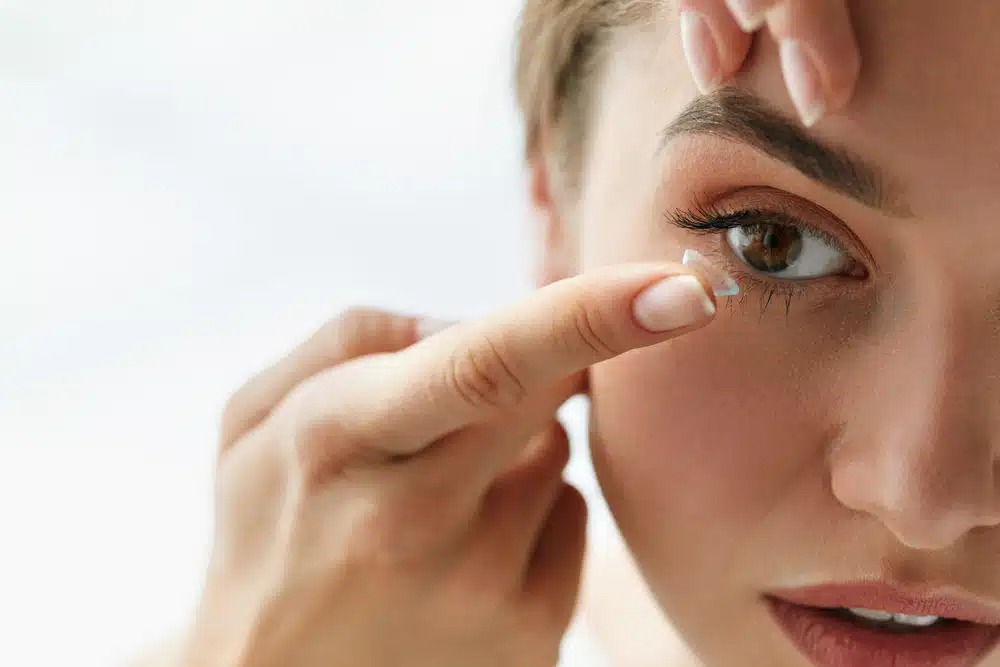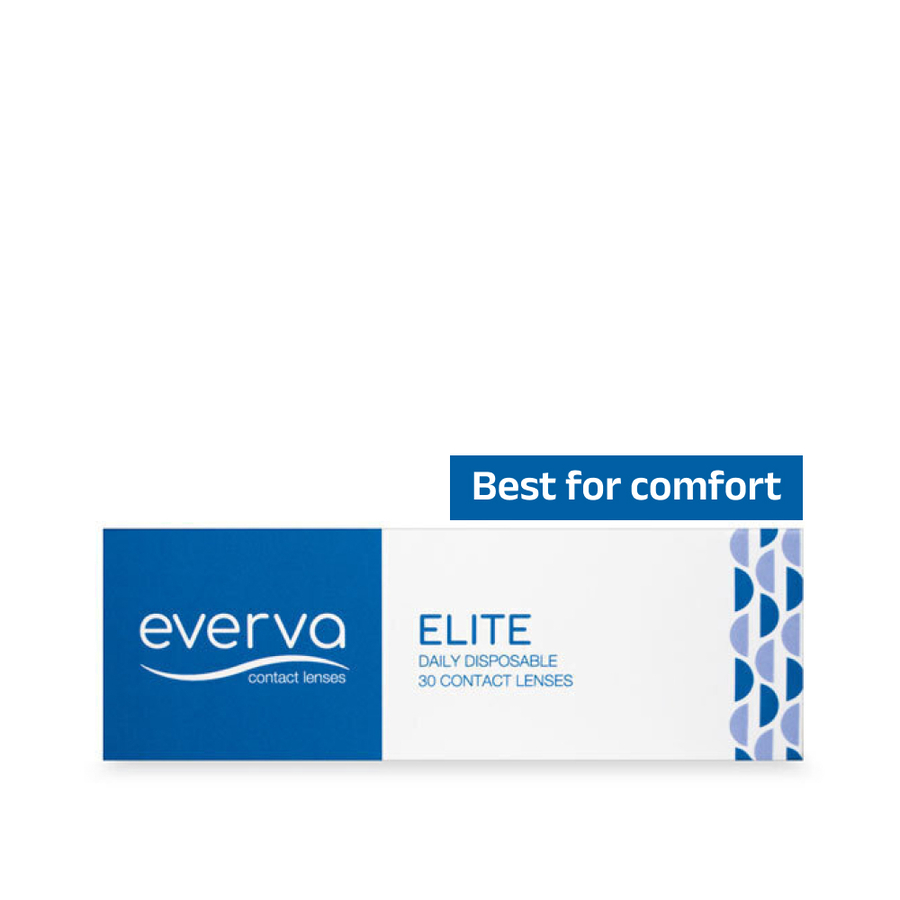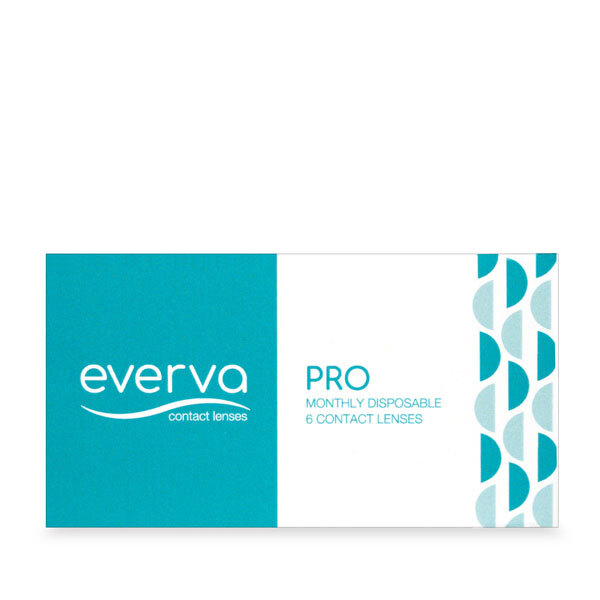
Our eyes work hard. Between screens, driving in glaring sunlight, outdoor adventures, and everyday life, we put them through a lot of stress. Choosing the right lens technology can make a big difference — in comfort, protection, clarity, and long-term eye health. In this article, we’ll cover key lens features like anti-glare / anti-reflective coatings, blue-light filtering, UV protection, photochromic lenses, and polarized lenses. We’ll discuss pros and cons, when each is most useful, and feature a few Eyewa contact lens options (Everva Elite, Everva Pro, Acuvue) to show how different products fit in.
Key Lens Features: What They Do & Why They Matter
Here are the main technologies you’ll see when shopping for optical lenses or sunglasses.
Matching Lens Features to Everyday Scenarios
Here are a few typical situations and which lens feature(s) are most helpful:
- Working all day at the computer or for online meetings → Anti-glare / AR, blue-light filter
- Driving, especially early morning or late evening → Polarized lenses, AR coating, UV protection
- Outdoor sports, beach, water or snow exposure → Polarized lenses, UV protection, possibly photochromic if you enter shaded or indoor areas often
- Frequently moving between indoor & outdoor (e.g. going in/out of buildings) → Photochromic + UV protection; if indoors you might want AR and blue light as well
- Reading or using screens before bed → Blue light filtering; avoid strong blue light; maybe AR if reflection bothers you
Eyewa offers several contact lens lines to suit different needs. Below are three that show how contact lenses tie into lens technology and usage:
1.Crystal-Clear Comfort for Everyday Wear
Everva Elite are daily wear disposable contact lenses. Ideal for people who prefer minimal maintenance and hygiene (throw away at end of day).
Since they are contacts, some features like AR or polarization apply more to spectacles/sunglasses, but UV-blocking or lens moisture / breathability of contacts matter a lot. A good daily lens can reduce risk of irritation, improve comfort for screen work, etc.
Daily Clarity, Zero Hassle | Everva Elite Pack of 30 (Daily Contacts)
2.Advanced Vision Support for Busy Lifestyles
Everva Pro, a corrective line that likely offers options for people with refractive errors (myopia, hyperopia, etc.), possibly with enhanced breathability or moisture retention.
For frequent wearers, these lenses need to ensure minimal lens-dry-out, clear vision, possibly resistance to glare or irritation from screens.
Vision That Works as Hard as You Do | Everva Pro (Corrective Contact Lenses)
3.Reliable Clarity with Long-Lasting Ease
Acuvue is a well-known brand that often incorporates good moisture properties, comfort, and clarity. Bi-weekly lenses mean you replace them every two weeks.
Good choice if you want a balance between cost and hygiene, and if you wear contacts somewhat regularly but maybe not daily.
While contact lenses themselves don’t have features like polarization or photochromic tint (these are more in the realm of spectacle lenses or sunglasses), the choice of contact lens impacts comfort, clarity, breathability, and how your eyes cope with light and screen exposure. Also, many people pair contacts with sunglasses or spectacle lenses that do have the features discussed above.
Two Weeks of Lasting Comfort | Acuvue 2 (Pack of 12, Bi-weekly)
Pros & Cons of Contact Lenses vs Spectacle Lenses with Advanced Features
Because features like AR / UV / polarization often go with spectacles or sunglass lenses, it helps to compare:
Can be more bulky; glare off lens surface (unless AR); may be inconvenient when switching indoor/outdoor; costs go up with more features.
Lens technology has come far. We no longer have to accept squinting in the sun or glare from screens as “just life.” By understanding what anti-glare, blue-light, UV, photochromic, and polarized features do (and what their trade-offs are), you can choose what best fits your daily routine and eye health.If you wear contact lenses (Everva Elite, Everva Pro, Acuvue or similar), look for comfort, breathability, and hygiene first; then pair with high-quality spectacle or sunglass lenses when needed.At the end of the day, the best lens is the one you’ll actually use properly. Eyewa clean it, store it well, replace when due, and protect your eyes proactively. Your future self will thank you.